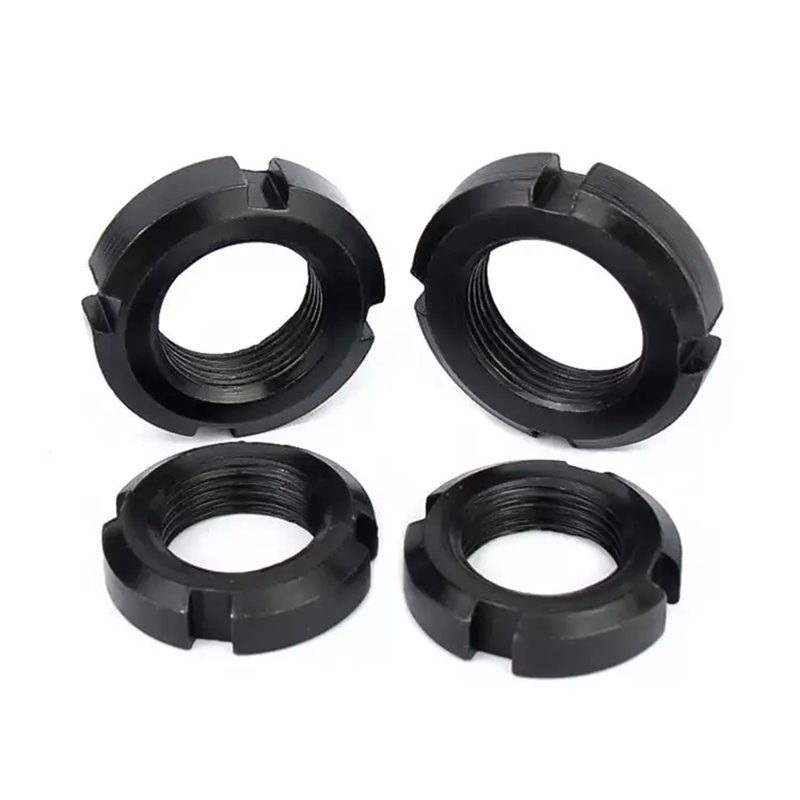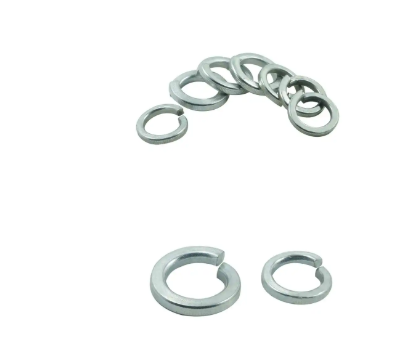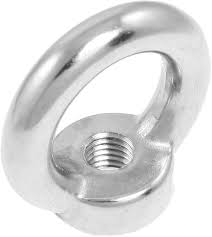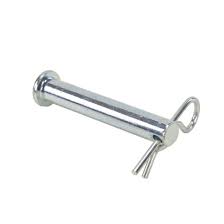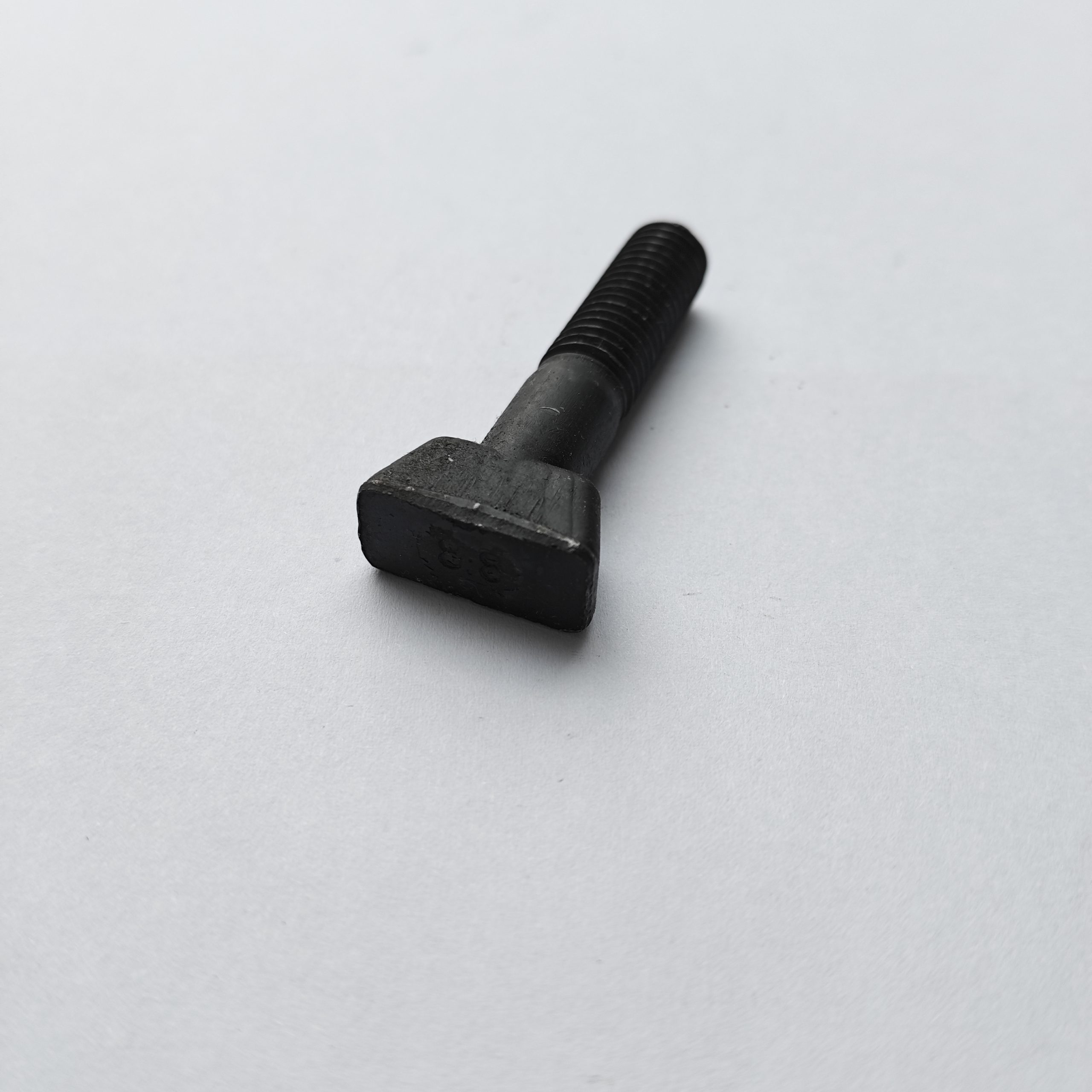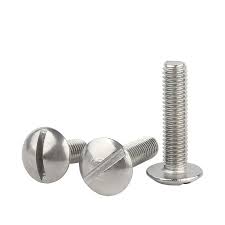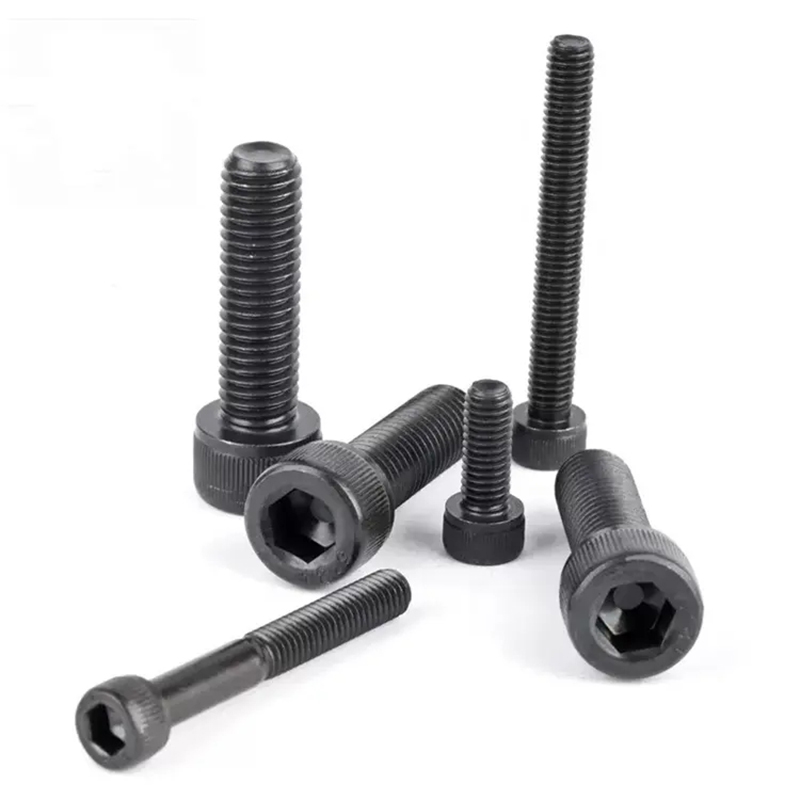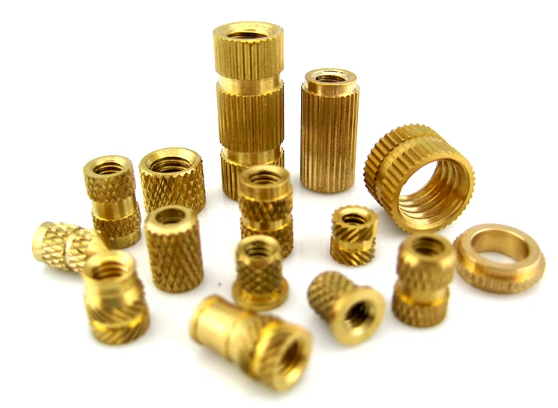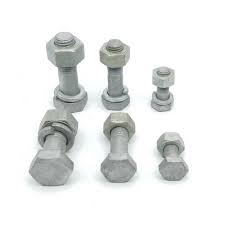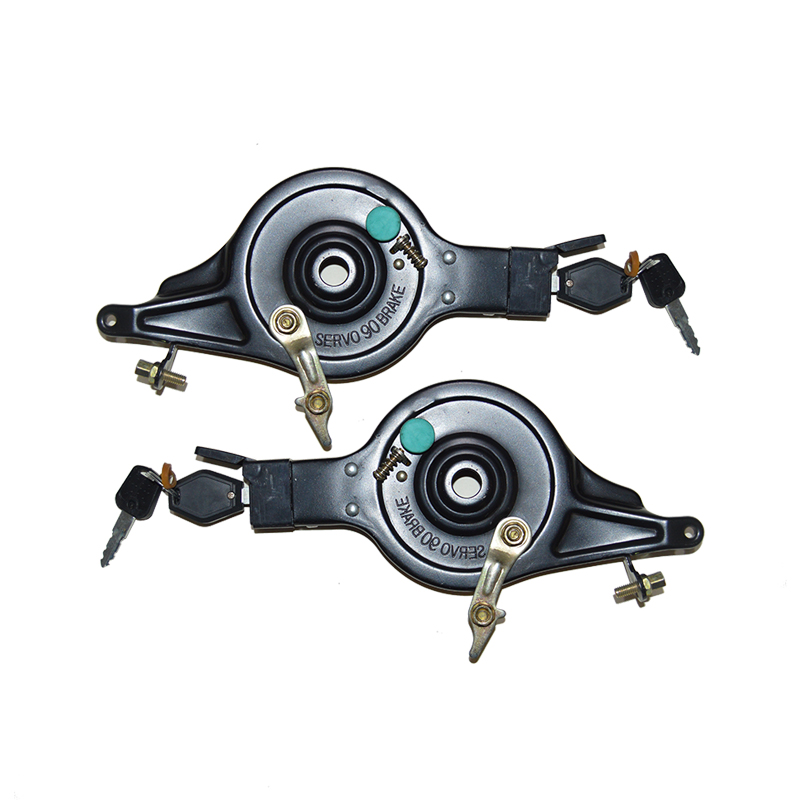Drywall Shims: A Comprehensive GuideDrywall shims are essential for achieving perfectly level and plumb surfaces during drywall installation. This guide explores everything you need to know about drywall shims, from choosing the right type to mastering installation techniques. We'll cover various materials, sizes, and applications to help you ensure a professional-looking finish for your next project.
Understanding Drywall Shims
What are Drywall Shims?
Drywall shims are thin, wedge-shaped pieces of material used to create a level or plumb surface for drywall sheets. They compensate for uneven wall studs or framing, preventing gaps and ensuring a smooth, finished wall. They're crucial for achieving a professional-looking installation, preventing future problems, and maintaining the structural integrity of your walls.
Types of Drywall Shims
Several types of
drywall shims exist, each with its strengths and weaknesses: Wooden Shims: Traditionally made from wood, these are readily available and relatively inexpensive. However, they can be prone to warping and absorbing moisture. Plastic Shims: Plastic
drywall shims offer superior moisture resistance and durability compared to wood. They are often reusable, making them a cost-effective choice over time. Many are designed with tapered edges for precise adjustments. Metal Shims: Metal
drywall shims provide exceptional strength and stability, especially useful in situations requiring heavier-duty support. They're often more expensive than wood or plastic alternatives.
| Shim Type | Pros | Cons |
| Wooden | Inexpensive, readily available | Prone to warping, moisture absorption |
| Plastic | Moisture resistant, durable, reusable | Can be more expensive than wood |
| Metal | Strong, stable | Most expensive option |
Choosing the Right Drywall Shims
The best type of
drywall shims depends on your project's specific needs. Consider the following factors: Budget: Wooden shims offer the most affordable option, while metal shims are the most expensive. Moisture Levels: In areas prone to moisture, plastic or metal shims are preferable to prevent warping. Load Requirements: For heavier drywall or unusual load requirements, metal shims offer superior support.
Installing Drywall Shims
Proper installation of
drywall shims is key to a successful project. Here's a step-by-step guide:1. Assess the Unevenness: Carefully measure the gaps and unevenness of your wall framing.2. Select Appropriate Shims: Choose shims that will effectively fill the gaps and provide the necessary support.3. Insert Shims: Slide the
drywall shims into the gap between the drywall and the framing.4. Secure the Drywall: Once the drywall is in place, secure it using screws, ensuring a tight fit and a level surface.
Troubleshooting Common Issues
Occasionally, you may encounter problems during
drywall shim installation. Here are some common issues and solutions: Shims Falling Out: Use construction adhesive to help secure the shims, especially in areas with significant gaps. Drywall Not Level: Double-check your measurements and ensure the shims are properly positioned.
Conclusion
Properly utilizing
drywall shims is crucial for a professional-looking and structurally sound drywall installation. By understanding the different types, selecting the appropriate materials, and following proper installation techniques, you can ensure your drywall project is a success. Remember to always prioritize safety and use appropriate tools for the job. For high-quality fasteners to complement your drywall installation, consider exploring the range of products offered by Hebei Dewell Metal Products Co., LTD at
https://www.deweLLfastener.com/. Their commitment to quality makes them a reliable supplier for all your construction needs.



